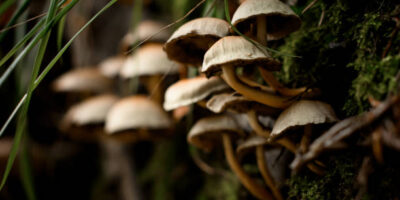Understanding the life cycle and habits of cabbage worms is crucial for effective pest management in your garden. These small caterpillars can wreak havoc on your cabbage and other cruciferous vegetables if not properly managed. In this article, we will delve into the fascinating world of cabbage worms, exploring their life cycle, feeding habits, and how to identify them.

The Life Cycle of Cabbage Worms
Cabbage worms, scientifically known as the larvae of the cabbage white butterfly (Pieris rapae), go through several stages in their life cycle:
- Egg Stage: Adult cabbage white butterflies lay their tiny, pale yellow eggs on the undersides of cruciferous vegetable leaves. These eggs hatch within a week, giving rise to tiny caterpillars.
- Larval Stage: The newly hatched cabbage worms are voracious eaters. They feed on the leaves of their host plants, growing rapidly as they consume. During this stage, they go through multiple molts, shedding their skin to accommodate their increasing size.
- Pupal Stage: After reaching a certain size, cabbage worms attach themselves to a leaf or nearby structure and form pupae. Inside these protective pupal cases, they undergo metamorphosis, eventually emerging as adult butterflies.
- Adult Stage: The adult cabbage white butterflies emerge from their pupal cases, ready to mate and continue the life cycle. They are small, white butterflies with distinctive black spots on their wings.
Feeding Habits of Cabbage Worms
Cabbage worms are primarily herbivorous and feed on the leaves of cruciferous vegetables. They use their powerful jaws to chew irregular holes in the leaves, which can quickly reduce the plant’s ability to photosynthesize and grow. Severe infestations can lead to stunted growth and reduced crop yields.
Identifying Feeding Damage
The feeding damage caused by cabbage worms is often characterized by irregular, ragged holes in the leaves of your plants. As the larvae grow, their appetite intensifies, and the damage becomes more pronounced. It’s essential to monitor your plants closely for these signs and take action if you suspect cabbage worms are present.
Conclusion
Cabbage worms are a common garden pest that can threaten the health and productivity of your cruciferous vegetables. By understanding their life cycle, feeding habits, and how to identify them, you can take proactive measures to protect your plants. Whether through prevention methods like row covers and companion planting or management techniques such as handpicking and organic insecticides, you can maintain a thriving garden while keeping cabbage worms in check. Knowledge is your most potent tool in the battle against these voracious caterpillars.
























Comments